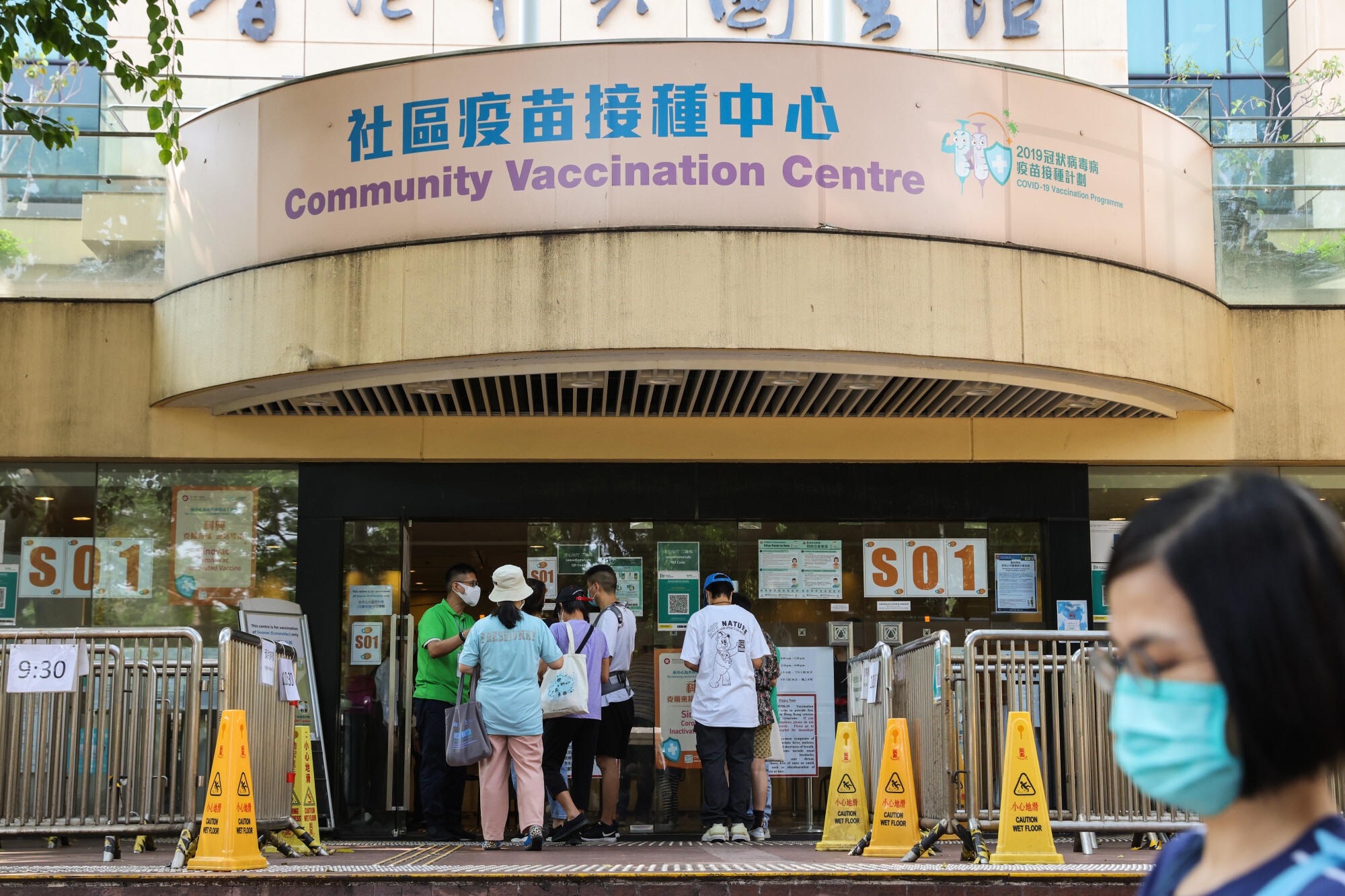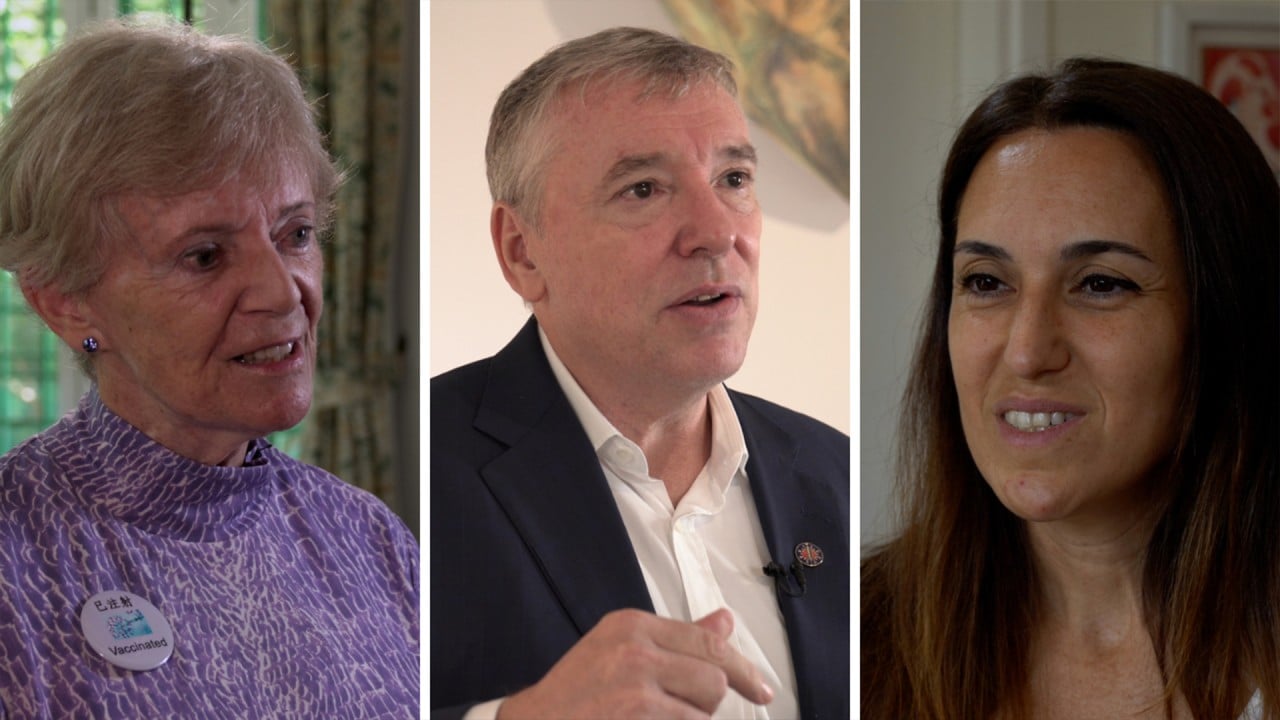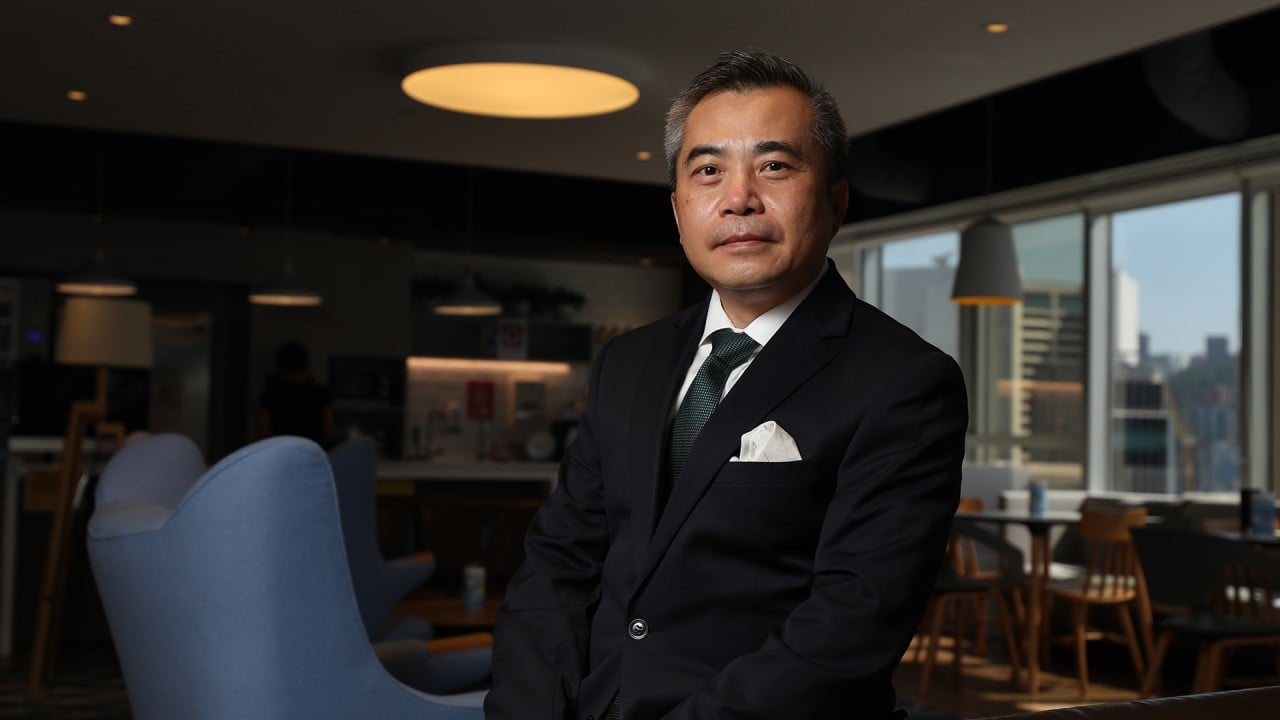
How urban design can help Hong Kong overcome the trauma of Covid-19 and social unrest
- Many places in the city are now linked to trauma and loss, affecting mental health and the sense of belonging. Urban design can help reverse that
Hong Kong has experienced a disorientating few years that have affected how people relate to each other and the city. One impact that is sometimes overlooked is how people’s relationship with a place affects their mental health and well-being.
The importance of the link between how we feel about our environment and how we feel more generally cannot be overstated. “Place” is the canvas onto which we project our personal and shared memories and expectations.
Our neighbourhoods brim with personal landmarks: the cafe where we meet friends, the venue in which we got married, the roads we crossed every day taking our child to school, or going to our first place of work, and the spots where we said goodbye to our loved ones.
These memories paint our city canvas with meaningful and familiar personal landmarks, creating a map of trust and belonging.
But when this canvas becomes the site of traumatic events, our maps can become disrupted. Everyday places may lose their sense of familiarity. Personal landmarks might be imbued with new and distressing memories.
As a result, people may experience disconnection and distrust with places that once felt like home. They may lose the ability to reliably differentiate between safe and threatening. This can create a sense of dislocation and vulnerability.
These effects are well recognised in war zones, where people’s homes and neighbourhoods were turned into sites of conflict and horror. Many such cases leave physical scars on a neighbourhood – a bridge destroyed; a building collapsed; bullet holes in the schoolhouse walls. Less well-recognised is the more subtle impact of disruptive events in any city on people’s relationship with the built environment.
Places may also take on new meaning when relationships with friends, family or neighbours that feel associated with certain sites may have been lost due to different political views.

Hong Kong is not alone here – many cities have yet to fully realise the financial and social returns on investment from improving people’s mental health and well-being. However, with research showing how to access the potential of such investment, and current events increasing the need and demand for it, the Covid-19 pandemic may just be the catalyst for change that people have been waiting for.
Pandemic-driven changes have shown us new ways to shape urban environments that better support physical and mental health and well-being.
Adaptations instigated during Covid-19, such as widening pavements and creating bike lanes to enable safer transit, or installing pop-up parks to give more people access to nature and play, have shown cities around the world that investing in people’s well-being, even when it takes space away from cars and commerce, is achievable, acceptable and valued.
Urban design and planning are clearly not a panacea for place-based trauma, but they can play a role in helping reorient people to their neighbourhoods, increase trust and a sense of belonging, promote peace and conviviality, and strengthen social support, resilience and inclusion.
Let’s rebuild Hong Kong society, and put people’s happiness first
Designing a restorative city means investing in features that support people’s mental resilience and recovery from stress, fatigue and the demands of urban living. Research reveals the areas where that investment can most effectively benefit the population’s mental health and well-being.
They are: bringing nature, including greenery and water, into the city core; using all five senses to create comfortable, interesting places; facilitating conviviality and social cohesion; improving mobility; offering all-age opportunities for creativity and play; and inclusivity, so that the full diversity of people in the city can experience a sense of safety, comfort, opportunity and belonging.
The green, blue, sensory, neighbourly, active, playable and inclusive features of a city together comprise a restorative city framework for mental health and well-being.
Recent events may have caused disruption to cities around the world – but disruption often presents opportunity. It is up to Hong Kong’s leaders to seize it.
Layla McCay is director of the Centre for Urban Design and Mental Health. A psychiatrist, public health and health systems specialist, she is the co-author, along with Jenny Roe, of Restorative Cities: Urban Design for Mental Health and Well-being




